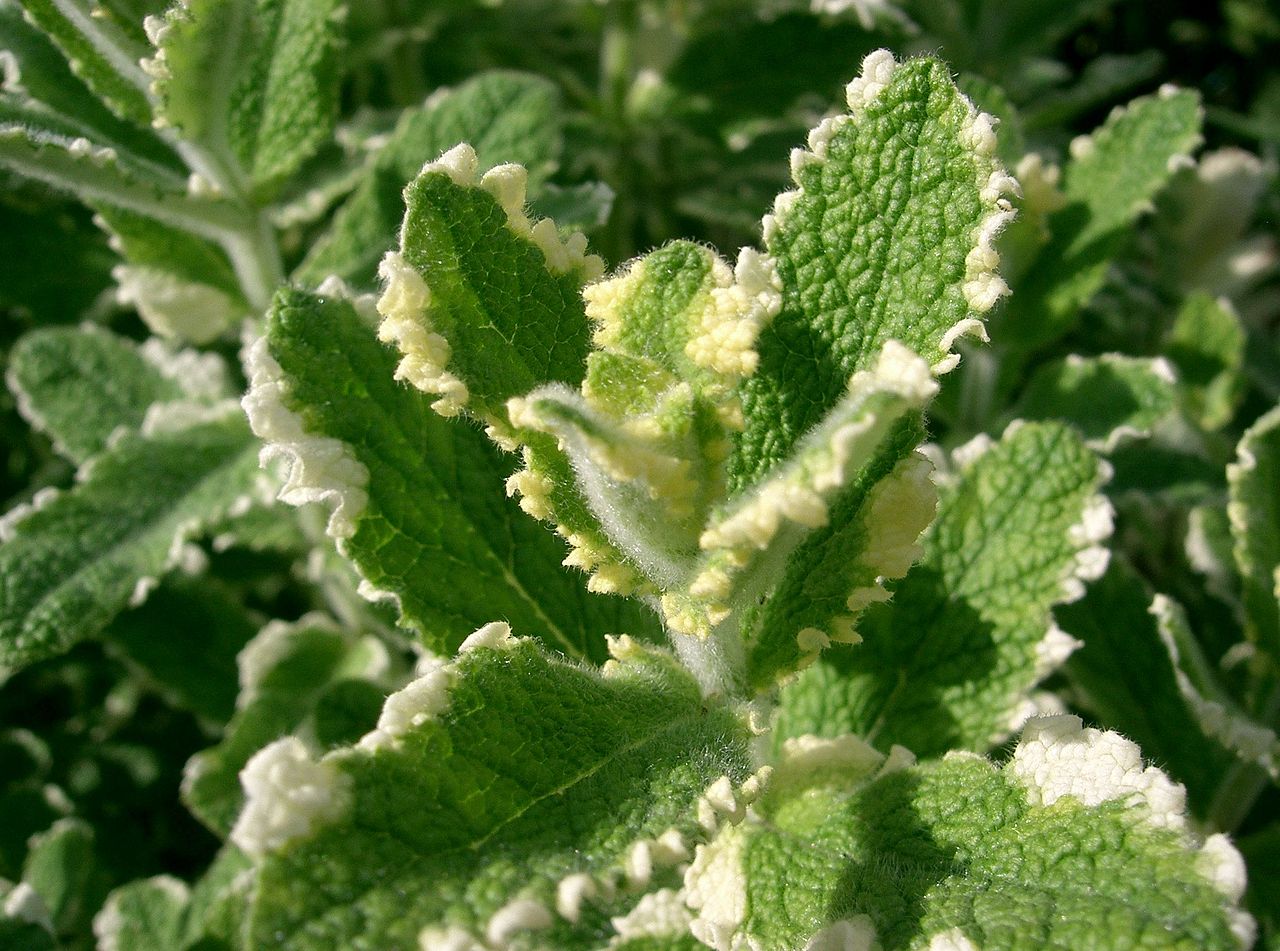Just as interesting really, and definitely found today, was Wall Bedstraw (Galium parisiense) elsewhere in St Aidan's (VC63). I had hoped this would turn up eventually as conditions look great for it. It is a species that seems to be on the increase with records elsewhere in West Yorkshire in recent years, as well as a stronghold in the Scunthorpe area. No photo though, as yet to flower.
Down by the river near Lowther Lake (VC64) I came across a large and distinctive hogweed with hairy petioles. This is the hybrid between the native plant (Heracleum sphondylium) and Giant Hogweed (Heracleum mantegazzianum sens. lat.). Satisfyingly intermediate. As can be seen, I struggled to get the leaf in frame due to its size (that and restricted scope for movement given care was needed not to tangle with any of the surrounding Giant Hogweed).
Heading on to The Lines in Great Preston (VC64), I found a large sprawl of Himalayan Clematis (Clematis montana). I was surprised later to discover that this was the first VC record.
Elsewhere in the village the pavement cracks were full of the diminutive variety of Fringed Pearlwort (Sagina filicaulis var. minor). This is proving widespread, and extending the season for this species in my eyes. As stated in a previous post, this is a species I more typically expect in summer when it is apparent as a more robust form.
Ending what proved a productive walk was a bush of Large-sepalled Hawthorn (Crataegus rhipidophylla) near Fleakingley Bridge (VC64) that I had not noticed previously. Not as common as its hybrid, but still widespread in the local area. An odd flower (out of 10's checked) had 2 stigmas rather than just one, but apparently this is not unknown for this species so I had to rapidly discount any thoughts this might be the hybrid with Midland Hawthorn (Crataegus laevigata).


















